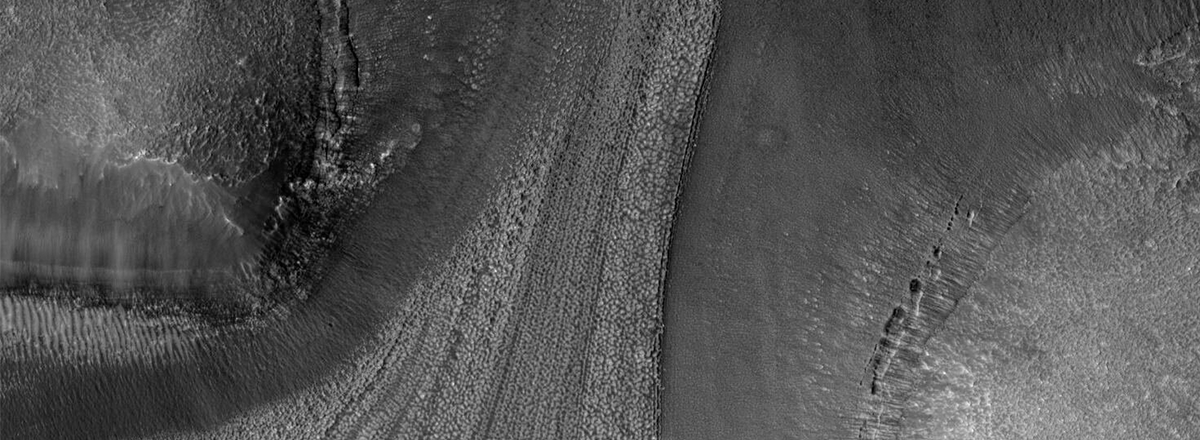Astronomers Find Traces of Ancient Glaciers in Mars Photos
Although Mars is predominantly known for its cold and desiccated environment today, these images offer a glimpse into a more dynamic past. The planet once had a denser atmosphere and significant surface water.

Recent analysis of black and white images from NASA's Mars Reconnaissance Orbiter (MRO) has unveiled evidence of glacial movement on the planet's surface. An international team of astronomers has concluded that these images show traces of ancient glacier movement.
While it's well-established that Mars was once warmer and wetter, these images provide further insight into the planet's past climate. The researchers suggest that Mars experienced alternating periods of cooling and warming similar to Earth's glacial and interglacial cycles. This theory is substantiated by the landforms captured in the images, resembling those on Earth shaped by the retreat of ice flows during interglacial periods.
The images showcase linear ridges along the surface, rocky debris, and deposits within craters and valleys. Similar to Earth's glaciers, which transport rocks and soil on their surfaces and subsurfaces, Mars' glaciers likely carried debris as they advanced and retreated over thousands of years. This process created the characteristic linear patterns seen in the images, providing valuable information about Mars' climatic history.
Although Mars is predominantly known for its cold and desiccated environment today, these images offer a glimpse into a more dynamic past. The planet once had a denser atmosphere and significant surface water. The evidence of glacial movement, as shown in the images, highlights the possibility of Mars experiencing periods of both extreme cold and intermittent warming.

